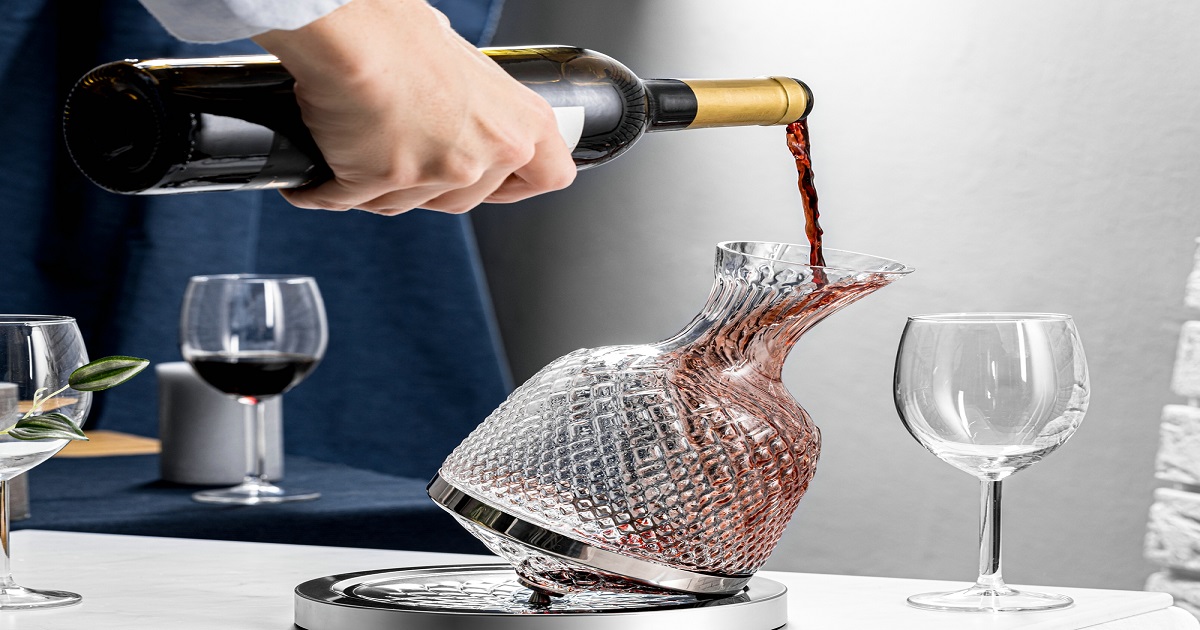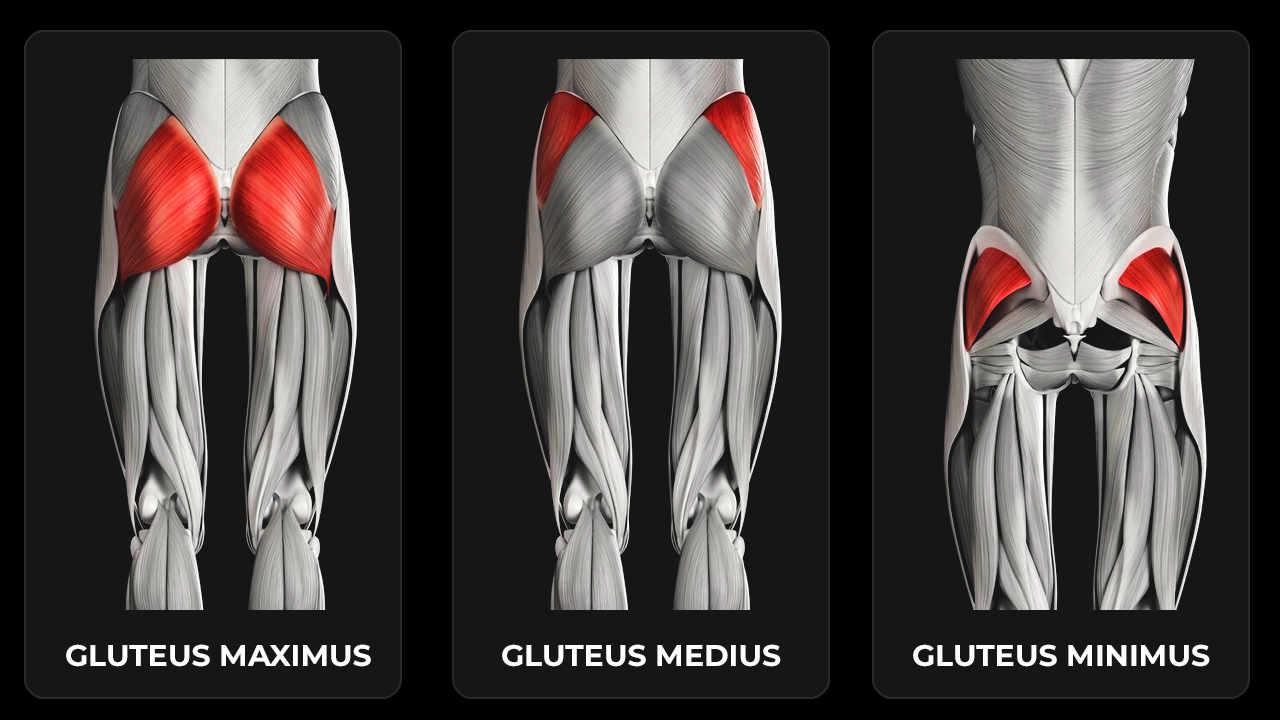Red wine, with its complex flavors and aromas, has long been a favorite indulgence for wine enthusiasts around the world. But have you ever heard of the practice of spinning red wine? This intriguing technique, often employed by sommeliers and wine connoisseurs, involves a unique method of aerating the wine to enhance its taste and aroma. In this article, we’ll delve into the fascinating world of red wine spinning, exploring its origins, science, techniques, and much more.
Understanding the Concept of Red Wine Spinning
Red wine spinning, also known as swirling or aerating, is the process of agitating wine in its glass to introduce oxygen into the liquid. This oxygenation helps to release the wine’s aromas and flavors, resulting in a more enjoyable tasting experience.
History and Origins of Red Wine Spinning
While the exact origins of red wine spinning are unclear, the practice likely dates back centuries. Historically, wine enthusiasts would gently swirl their glasses to aerate the wine before tasting, a tradition that continues to this day. Over time, sommeliers and wine experts have refined the technique, developing specific methods to maximize the benefits of red wine spinning.
The Science Behind Red Wine Spinning
How Oxygen Affects Wine
Oxygen plays a crucial role in the aging and development of wine. When wine comes into contact with oxygen, chemical reactions occur that help to soften tannins, mellow harsh flavors, and enhance aromatic compounds.
Phenolic Compounds and Tannins
Tannins, naturally occurring compounds found in grape skins, seeds, and stems, contribute to the structure and texture of red wine. Through aeration, tannins can be softened, resulting in a smoother mouthfeel and more balanced wine.
Impact of Tannins on Wine Texture
Tannins are responsible for the astringent, drying sensation often associated with young red wines. By aerating the wine, these tannins can be gradually integrated, leading to a more harmonious and enjoyable drinking experience.
Benefits of Aerating Red Wine
In addition to softening tannins, red wine spinning also helps to release volatile compounds responsible for the wine’s aroma. This enhanced aromatic profile can elevate the tasting experience, allowing drinkers to fully appreciate the wine’s complexity and nuances.
The Art of Spinning Red Wine
Equipment Needed for Wine Spinning
To spin red wine effectively, you’ll need the right equipment. This includes choosing the appropriate wine glass, selecting the right decanter or aerator, and mastering the swirling technique.
Choosing the Right Wine Glass
Opt for a wine glass with a large bowl and tapered rim, allowing ample space for swirling and capturing aromas.
Decanters and Aerators
While not essential, decanters and aerators can expedite the spinning process by increasing oxygen exposure and surface area contact.
Step-by-Step Guide to Spinning Red Wine
To spin red wine like a pro, follow these simple steps:
- Hold the wine glass by the stem to avoid warming the wine with your hands.
- Pour a small amount of wine into the glass, filling it no more than one-third full.
- Gently swirl the wine in a circular motion, allowing it to coat the sides of the glass.
- Take a moment to observe the wine’s color, clarity, and viscosity.
- Bring the glass to your nose and inhale deeply, noting any aromas present.
- Finally, take a sip and savor the wine, paying attention to its flavors and texture.
Debunking Common Myths
Despite its widespread popularity, red wine spinning is not without its misconceptions. Let’s dispel some common myths surrounding this practice:
Does Red Wine Spinning Really Improve Taste?
While red wine spinning can enhance the aroma and flavor profile of certain wines, its impact may vary depending on the wine’s age, varietal, and personal preference.
Can Spinning Replace Decanting?
While red wine spinning offers a quicker aeration process, traditional decanting can provide more controlled oxygen exposure and sediment separation in certain cases.
Is Spinning Suitable for All Types of Red Wine?
While red wine spinning is generally suitable for most varieties, it may not be ideal for extremely delicate wines or those with significant carbonation.
Advantages and Disadvantages
Pros of Red Wine Spinning
- Enhanced aromas and flavors
- Quick aeration process
- Accessibility and convenience
Cons of Red Wine Spinning
- Potential loss of carbonation
- Over-aerating delicate wines
- Need for specialized equipment
Pairing Suggestions
To complement your spun red wine, consider pairing it with:
- Rich, hearty dishes such as steak or lamb
- Creamy cheeses like Brie or Camembert
- Decadent desserts such as chocolate cake or crème brûlée
Exploring Variations and Techniques
For those looking to take their red wine spinning to the next level, consider experimenting with:
- Advanced spinning methods such as the double swirl or the reverse spin
- Creative variations like spinning wine in a decanter or using a wine aerator
Red Wine Spinning in Culture and Tradition
Throughout history, red wine spinning has been intertwined with various cultural traditions and rituals. From ancient wine ceremonies to modern wine tastings, the practice continues to play a significant role in the appreciation of wine.
Sustainability and Ethics in Wine Spinning
As interest in wine spinning grows, it’s essential to consider the environmental and ethical implications of this practice. From the production of specialized equipment to the disposal of wine waste, there are various factors to consider when spinning red wine.
Conclusion
In conclusion, red wine spinning is a fascinating technique that enhances the tasting experience for wine enthusiasts around the world. By understanding the science behind the practice, mastering the art of swirling, and exploring variations and techniques, you can elevate your appreciation of red wine to new heights.



